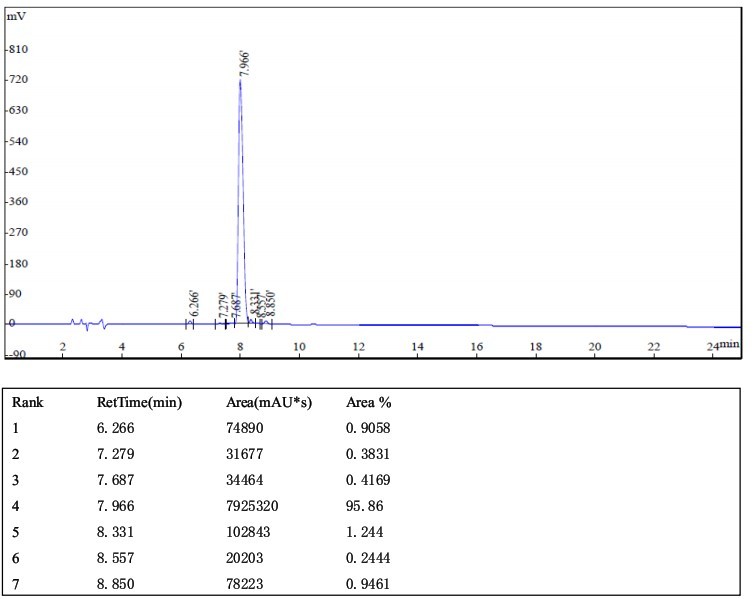(Click here to read our disclaimer)
(To buy hgh fragment 176-191 in our store click here)
HGH fragments refer to modified forms of amino acids, in this case amino acid 176-191. Studies indicate that this chemical has potential use in improving the lipid profile while increasing muscle mass.
Research studies are focusing on the effects of administering HGH fragment 176-191 to subjects that have HIV-associated lipodystrophy as a means of controlling excess abdominal fat which stems from such conditions. This chemical appears to have potential for such a purpose because it does not have an impact on glycemic control.
Effects of Amino Acid Sequence with Insulin
- Three systems have been studied to better understand these effects. These include how insulin binds to certain hepatic plasma membrane receptors or isolated hepatocytes, insulin intolerance tests at the intravenous level and the modulation of insulin-dependent glycogen phosphorylase or glycogen synthase in adipose or muscle tissue.
- Results of this monitoring establish that hexapeptide allows for the minimum active sequence. This strongly indicates that insulin potentiating actions in active peptides is designed to bind insulin to specific receptors.
- This system allows the body of the subject to modulate the actions of the phosphorylase and glycogen synthase to produce hypoglycemia. This increases the storage of glycogen within the adipose tissue, liver and muscles for further use as an animal’s body requires.
Hyperglycemic Action in Synthetic C-Terminal Fragments
- Various synthetic peptides are designed to correspond with amino acids, including 176-191 within the body to create necessary reactions.
- Studies have noted the reactions of these peptides and the in vivo effects they had on rats with normal health and size.
- Four such peptides including hgh fragment 176-191 were able to increase blood glucose levels for a short period of time. They were also able to achieve a longer lasting raise in the insulin levels in the plasma.
- The remaining peptides, hgh 180-191 and 179-191 were found to be inert in the systems that were tested. Single injections of peptides which contained 178-191 and the hgh molecule would reduce the animal’s sensitivity to insulin in the intravenous insulin tolerance tests by a significant level.
- These findings help to show how various amino acids work together to better manage insulin travel and use throughout the body of the subject, helping to achieve a balance. The findings also indicate that peptides which are biologically active, require a minimum of the appropriate informational sequence to be present in order to remain functional.
- This sequence must also have the proper physical configuration in order to elicit the desired response from the organism. These findings help researchers better understand how to administer synthetic 176-191 in an organic setting.
- Ongoing research into the appropriate solution of hgh fragment 176-191 solutions is ongoing. This will assist in determining the appropriate chemical solution to better match the natural form of this amino acid which would be present in an organic setting, allowing synthetic versions to behave much like these natural chemicals when introduced into an organic environment.
Sources
http://ajpgi.physiology.org/content/234/5/G521.short
http://diabetes.diabetesjournals.org/content/29/10/782.short
Click here to view our entire PDF research library
Click here to view/download the PDF version of this article
